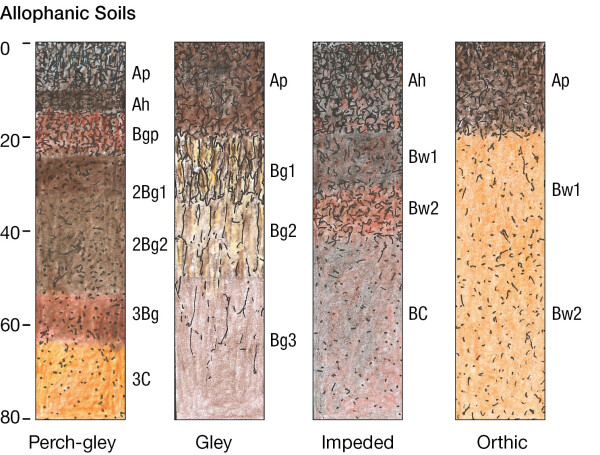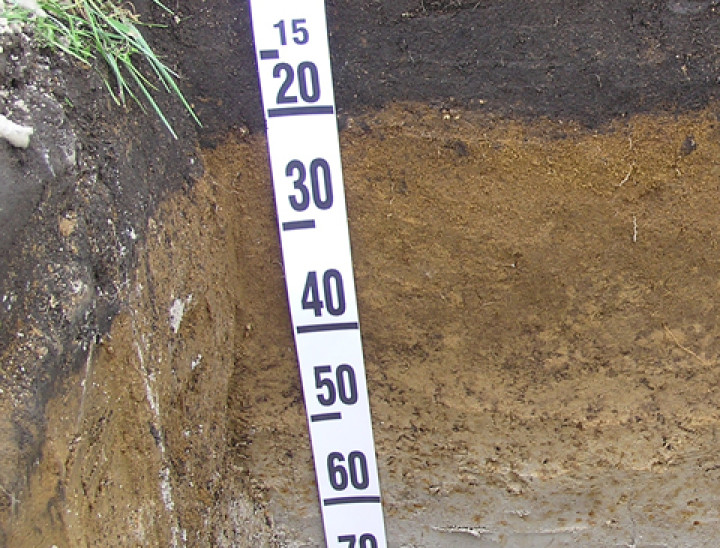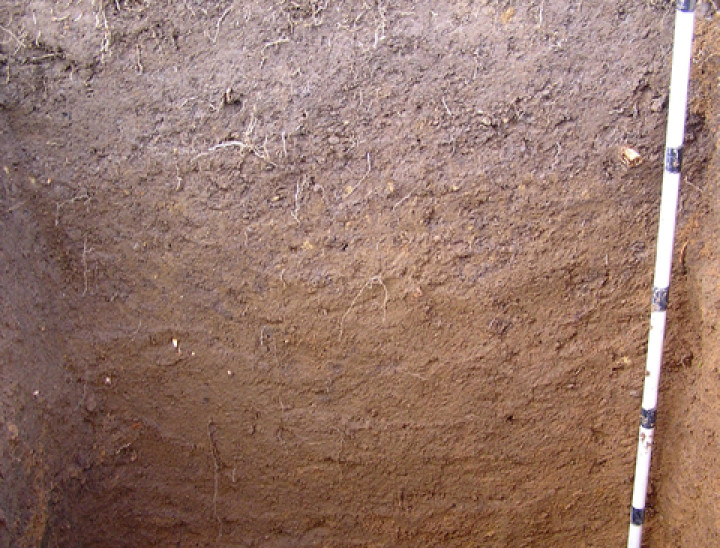Allophanic Soils [L]
Allophanic Soils are dominated by allophane (and also imogolite or ferrihydrite) minerals.
These stiff, jelly-like minerals coat the sand and silt grains and maintain a porous, low density structure with weak strength. The soils are identified by a distinctly greasy feel when moistened and rubbed firmly between the fingers. The soil is easy to dig and samples crumble easily when crushed in the hand.
Occurrence
These soils occur predominantly in the North Island volcanic ash and in the weathering products of other volcanic rocks. They also occur in the weathering products of greywacke and schist in the South Island high country. They cover 5% of New Zealand.
Physical properties
Because bulk density is low there is little resistance to root growth. Topsoils are stable and resist the impact of machinery or grazing animals in wet weather. Erosion rates are generally low except on steep slopes or exposed sites.
Chemical properties
The ability to retain phosphorous is high. Natural fertility is low.
Biological properties
Soils contain large populations of soil organisms, particularly in A horizons.
Soil groups
Soil orders are divided into soil groups based on variation in factors such as drainage status, parent material, chemical and physical properties:
- [LP] Perch-Gley Allophanic Soils — periodic wetness caused by a perched water table
- [LG] Gley Allophanic Soils — periodic wetness caused by a groundwater table
- [LI] Impeded Allophanic Soils — have a hard layer that impedes roots and water
- [LO] Orthic Allophanic Soils — other Allophanic Soils


